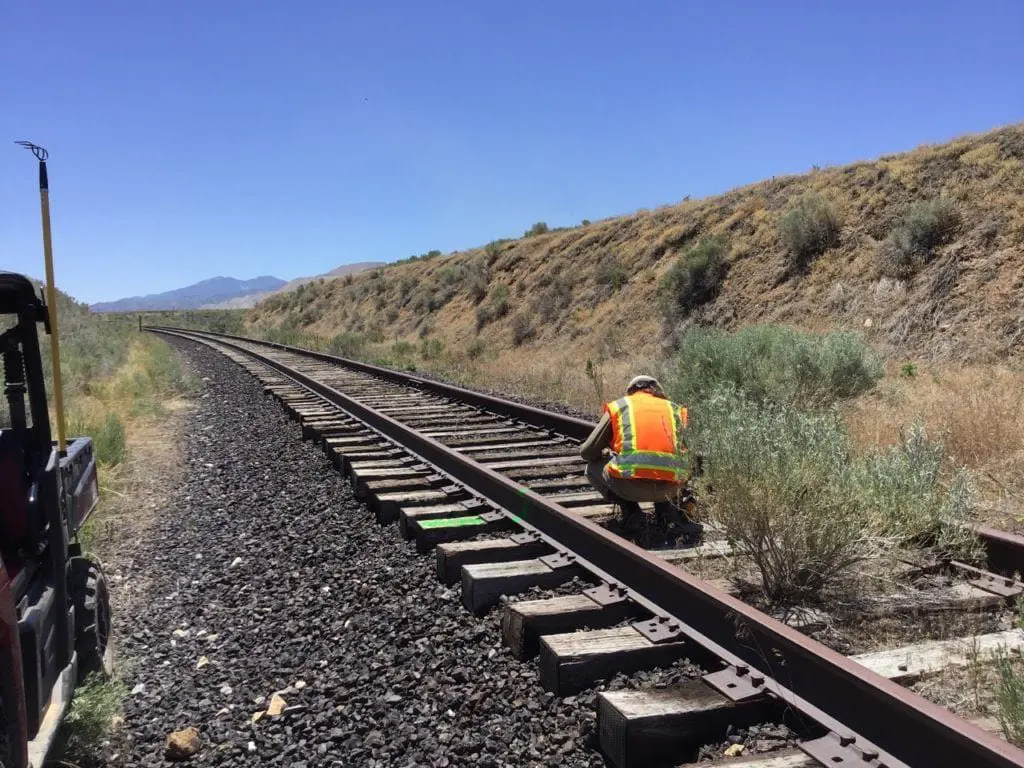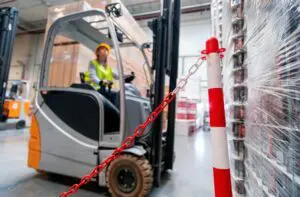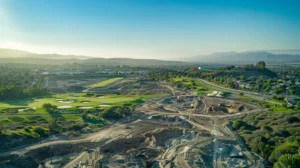What is an Environmental Site Assessment?
Environmental Site Assessment (ESA) is performed before any commercial property purchase to prevent or minimize the risk of dealing with problems caused by hazardous waste contamination[1]. The environmental site assessment is composed of three phases: Phase I, Phase II, and Phase III. This article would only focus on Phase I of the environmental site assessment procedure. This type of environmental site assessment is more applicable to day-to-day commercial transactions. Anderson also performs the much more in-depth environmental characterizations and assessment that are primarily used for post-industrial, mining, energy facilities and operations.

Why is it performed?
Under the Comprehensive Environmental Response, Compensation, and Liability Act of 1980 (CERCLA), the owners, lenders or lessors are held liable for the mitigation of hazardous environmental conditions and also kept them responsible for environmental contamination cleanups. This is applied even if the person who was responsible for the said contamination was the previous user or owner. However, it is also under this law that owners are given a “safe harbor” under the innocent landowner defense. It can protect the current owner from being held responsible for cleaning up the contamination if the current owner can provide sufficient evidence that they performed due diligence before buying the property. The Phase I ESA is enough to meet the condition of CERCLA’s innocent landowner defense under All Appropriate Inquiries (AAI). Aside from this, performing the Phase I ESA alone can help and protect you, as a buyer, from making bad investments [2,4].
Phase I Environmental Site Assessment
The Phase I ESA is conducted to know the past and current use of the property. It can be performed on various types of real estates, such as industrial land, commercial land, agricultural land, vacant land, and even multi-family residential areas. It aims to assess whether the history of a property’s use up to the present period has impacted the quality of the groundwater or soil beneath the property and if it would be harmful to the environment and human health. The findings on this assessment would significantly influence the value of a property and help reduce the risk involved that pose as a potential liability for the lender or owner in the purchase of the real estate. [2, 3]
This phase of the Environmental Site Assessment is usually comprised of the following: [3, 5]
- Collection of information about the history and current use of a property. This is obtained through interviews with current and past owners of the property, occupants, operators, or other people who are familiar with the site.
- Survey of the property and the adjacent property by an environmental professional. The environmental professional is usually accompanied by a person who is already familiar with the area.
- Evaluation of the environmental files kept by the owner and the regulatory agencies as well as a review on the state, local, tribal and federal databases. This can include the following: aboveground storage tanks, underground storage tanks, a depot of dangerous chemicals, discard of hazardous wastes, and known or suspected release cases.
- Drawing up a report that shows any existing and potential sources of contamination found at the site or property.
There are other activities conducted which are considered “non-scope items,” because they are not usually done in this phase and are not part of the ASTM E1527-13, but could potentially be given during the survey of the site. This includes a discussion on suspicion of the presence of molds, asbestos-containing products, lead-based paints, presence of lead and radon in water, and compliance audits [3, 6].
After obtaining, collating and summarizing the data, the environmental professional would then identify, based on the given information, any possible environmental risks to the site such as known or suspected operations that used any hazardous substances like petroleum. Some common concerns are gas stations, printing and manufacturing operations, and auto repairs [3].
It is crucial to bear in mind, however, that the scope of the Phase I Environmental Site Assessment is only limited to reviews of documents and visual inspections. Typically, Phase I ESA does not involve any testing or sampling. It does not include the gathering of any specific information that would entail sampling soil, water, sediments, and plant or animal species as well as any direct measurements regarding the environments like noise or radiation levels, which are all conducted in the Phase II Environmental Site Assessment [5, 6].
Phase I Environmental Assessment Outcomes
After conducting the necessary interviews, reviews, and surveys, the Environmental Professional then evaluates these data and summarizes the problems that were identified and provide any recommendations on what steps to take, if any, to address those problems.
The outcomes of a Phase I ESA can include the following:
- Recognized Environmental Condition (REC) – REC means that there is an identified pollution or a possibility for a property to have been affected by contamination either from onsite or offsite sources.
- Historical Recognized Environmental Condition (HREC) – HREC indicates a release to the affected property that has been investigated and treated meeting the unrestricted use criteria.
- Controlled Recognized Environmental Condition (CREC) – CREC indicates that there has been contamination but was already investigated and mitigated. However, the contamination remains and would entail extra attention if renovated.
If no RECs have been identified after doing the Phase I ESA, or the environmental professional does not deem it a concern, then the process is considered complete. However, if RECs have been identified, and the environmental professional sees it as a potential concern, then, Phase II of the environmental site assessment proceeds.
How much does it cost?
The cost of a Phase I ESA can vary depending on the following factors:
- Current and past use of the property
- How quickly you need the report
- The types of buildings and features on the property
- How many Phase I ESAs are being proposed
- The location, as it can impact travel costs as well as the time needed for reviewing records
- Any additional work needed such as an environmental audit or testing for lead paint
In general, Phase I ESA for a commercial property transaction costs around $1,800 to more than $6,500, depending on the variables mentioned above.





